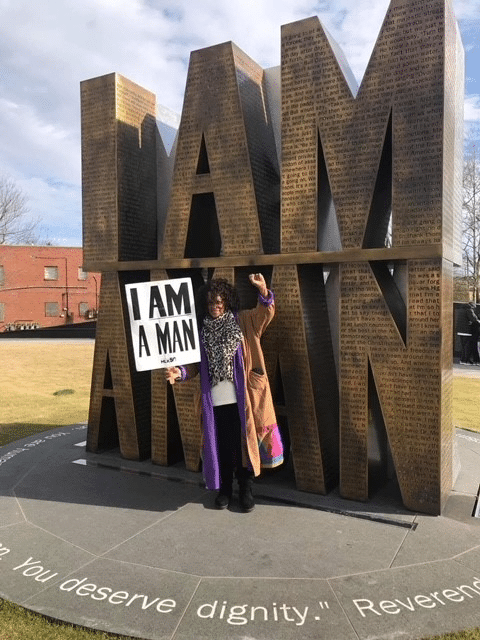Elevating Skincare and Beauty: The Journey of Perfect Canvas by Colore Me Perfect
In an era where the beauty industry is inundated with myriad products, each claiming the potential for impressive results, it takes a truly innovative product to stand out. Amidst this crowded landscape, Jaclyn Peresetsky’s brainchild, Perfect Canvas by Colore Me Perfect, emerges as a noteworthy example of ingenuity and thoughtful design. The story behind Perfect Canvas is not just about a product; it’s a narrative of passion, insight, and the relentless pursuit of improvement.
Jaclyn Peresetsky, the founder of Colore Me Perfect, is not your average entrepreneur. Her journey in the world of beauty and skincare was born out of a deep-seated desire to address genuine skin concerns that people face daily. With an extensive background in color theory, aesthetics, and cosmetics science, Jaclyn observed a recurring theme — most makeup products either compromised on protection or skin health for aesthetic appeal. This observation sparked the inception of Perfect Canvas — a product designed to bridge this gap by offering a blend of skin protection and aesthetic enhancement.
Perfect Canvas stands as an example of what is possible when innovation meets necessity. Developed as an SPF primer that caters to all skin types across varying climates, its creation was fueled by the need for a product that could seamlessly fill and smooth uneven skin textures while anchoring makeup for prolonged wear. Unlike competing products that often leave the skin feeling greasy or overly matte, Perfect Canvas features a distinctive 3-dimensional mousse-like texture that disappears into the skin — making it feel virtually weightless.
At its core, Colore Me Perfect’s mission is about enhancing natural beauty through smart makeup solutions rooted in scientific understanding. “Smart makeup with the art of color combined with the science of skin,” as Jaclyn eloquently puts it. This philosophy is vividly embodied in every aspect of Perfect Canvas — from its texture down to its packaging.
Perfect Canvas’s formula contains 20.5% finely milled Zinc Oxide, which offers broad-spectrum UVA and UVB protection without compromising on aesthetics — an uncommon feature among BB creams and primers. Packaged in an opaque bottle equipped with an airless pump, it ensures that its potent antioxidants remain effective by shielding them from sunlight and air exposure.
As we explore why Perfect Canvas is making a mark in the industry, three key features stand out:
- Its notable ability to act as “facial spackle” ensures smooth application under foundations or concealers, helping to prevent makeup from settling into fine lines or pores.
- It serves as an effective primer, offering balanced hydration and extending makeup longevity regardless of environmental conditions.
- Its carefully crafted formulation offers effective sun protection while calming and soothing the skin thanks to its high Zinc Oxide content, which reflects sunlight away from the skin.
To encapsulate, Colore Me Perfect’s journey under Jaclyn Peresetsky’s stewardship has been marked by a commitment to marrying artistry with science to create products that aim to provide tangible results—Perfect Canvas being a prime example thereof. In doing so, they’re contributing to a shift in how we perceive skincare-infused cosmetics and setting benchmarks for what consumers can reasonably expect from their beauty products moving forward—a vision built on thoughtful innovation and a dedication to addressing everyday beauty concerns.
Published by Iris S.






